The best professional workstations for any budget
Modelling, rendering and number-crunching - these meaty machines will do it all
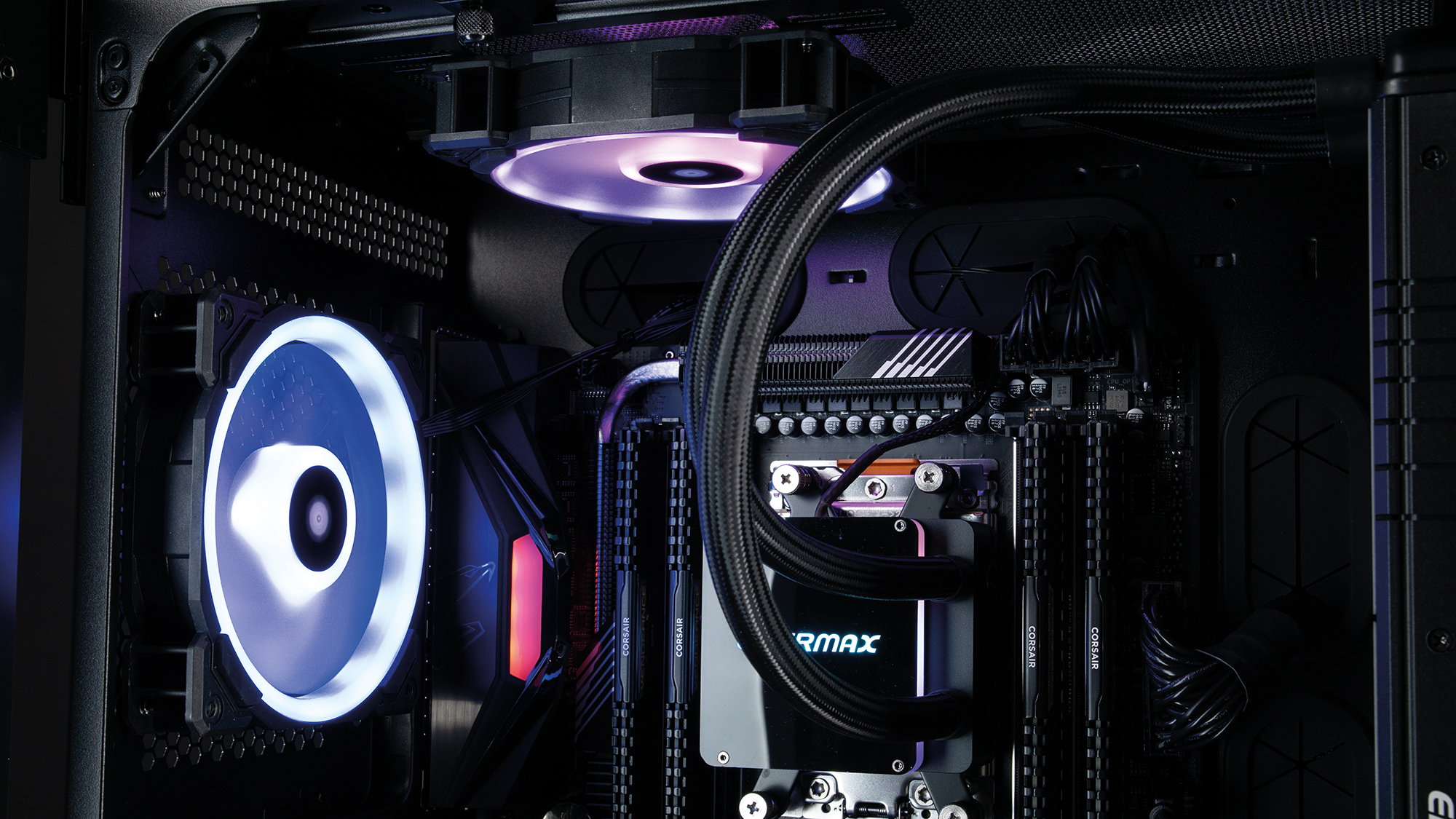

We normally expect InterPro to supply systems in both categories for our workstation roundups, but this time the company chose just to contest the lower price band. However, since the IPW-R9 sports the 16-core AMD Ryzen 9 3950X, it’s still got some major grunt available.
The 3950X only offers a dual-channel memory controller, but manages to outperform the Threadripper 1950X and 2950X CPUs that were AMD’s previous 16-core offerings. InterPro has supplied 3,600MHz-capable DDR DIMMs to take advantage of the Ryzen 9’s support for 3,200MHz memory, although only two 16GB modules are supplied for a 32GB total, while Scan provided 64GB in this price category. It’s no surprise to see Nvidia Quadro RTX 4000 graphics in place for this price, offering 2,304 CUDA cores.
However, we were a little surprised by the use of a Samsung 970 Evo Plus SSD for main storage. With a 1TB capacity it’s large enough and uses the NVMe M.2 interface, but this is only a PCI Express 3 model, so supplied sustained reading of 3,571MB/sec and writing of 3,341MB/sec. This is very quick, but it’s missing the even greater performance opportunity of PCI Express 4 NVMe drives. Yet InterPro has also included a very generous 6TB Western Digital Ultrastar DC HC310 conventional 7,200rpm SATA hard disk, which is also the fastest hard disk this month with sustained reading of 262MB/sec and writing of 256MB/sec.
Like Scan, InterPro opts for the excellent Fractal Design Define R6 chassis, which provides USB-C connectivity on its front ports. There is room for a second 3.5in hard disk, but the 5.25in drive at the front can’t be used because the watercooling radiator obstructs this area. Also, unlike the motherboard used by Scan’s Ryzen 9 system, the InterPro’s Asus Pro WS X570-ACE only offers a pair of conventional Gigabit Ethernet LAN ports rather than 2.5Gbit.
The InterPro proved the fastest Ryzen 9 system in our benchmarks, with an overall score of 537. It was also the quickest in this class to complete the Adobe Media Encoder CC 2020 video encoding job. However, its Cinebench R20 score of 9,373 and Blender Gooseberry CPU render time of 615 seconds were behind the Chillblast Ryzen 9 system. Modelling abilities were as capable as we’d expect from a Quadro RTX 4000.
Overall, this is a powerful workstation for the money with plenty of fast secondary hard disk capacity. It’s just a slight shame about the choice of SSD.
InterPro IPW-R9 specifications
| Processor | 3.5GHz AMD Ryzen 9 3950X |
| Motherboard | Asus Pro WS X570-ACE |
| Expansion slots | 4 x RAM slots (2 free), 3 x PCIe x16 (2 free), PCIe x1 (3 free), 2 x M.2 (1 free), U.2, 4 x SATA 600 (6 free) |
| RAM | 32GB DDR4, 3,600MHz |
| GPU | PNY Quadro RTX 4000, 8GB GDDR6 |
| Outputs | 3 x DisplayPort 1.4, USB-C VirtualLink |
| SSD | Samsung 970 Evo Plus 1TB NVMe M.2 PCI Express |
| Secondary drives | N/A N/A N/A, Western Digital Ultrastar DC HC310 6TB |
| Optical drives | N/A |
| Dimensions (WDH) | Fractal Design Define R6 USB-C (233 x 543 x 465mm) |
| PSU make and model (power output) | EVGA GQ 850 Gold 80 Plus (850W) |
| CPU cooler | Corsair H115i RGB Pro XT watercooler (240mm) |
| Rear ports | 2 x Gigabit Ethernet, 5 x 3.5mm audio jack, optical S/PDIF, 2 x USB 3.2 Gen 1, 4 x USB 3.2 Gen 2 (Type-A), USB 3.2 Gen 2 (Type-C), DisplayPort, HDMI |
| Front/top ports | 3.5mm audio jack, 3.5mm microphone jack, 2 x USB 3, 2 x USB 2, USB 3.2 Gen 2 (Type-C) |
| Operating system | Windows 10 Pro 64-bit |
| Warranty (parts & labour unless stated) | 3yr RT |
Get the ITPro daily newsletter
Sign up today and you will receive a free copy of our Future Focus 2025 report - the leading guidance on AI, cybersecurity and other IT challenges as per 700+ senior executives
Dr James Morris has worked as a technology journalist for over 25 years, including spending nine years on the staff of market-leading computer magazine PC Pro, the last five of which were as the publication’s editor. He specialises in enterprise-grade software and hardware, with a particular focus on content creation. He launched a pioneering video channel for HEXUS.net in 2006 and ran the video reviews channel for TrustedReviews.com for four years. He also runs a successful online digital content and commercial video production company, t-zero communications Ltd.
Dr Morris is a prolific technology writer and contributes commercial content for major IT brands including AMD, BlackBerry, Dell, Cognizant, HP, and IBM. He published a book on artificial intelligence, Can Computers Create Art? in 2009. He is also an academic, and is currently Pathway Director of the MA, Interactive Journalism at City, University of London.
Previously, he was course leader for the BA in Web Media Production at Ravensbourne University. He has a PhD in Philosophy, Art and Social Thought from the European Graduate School in Switzerland, a Master's in Media Arts from the New School in New York, USA, and a Bachelor's in Social Anthropology from the London School of Economics.
Dr. Morris can be found on Twitter at @Cyberwest, or emailed at j@tzero.co.uk
-
 Google faces 'first of its kind' class action for search ads overcharging in UK
Google faces 'first of its kind' class action for search ads overcharging in UKNews Google faces a "first of its kind" £5 billion lawsuit in the UK over accusations it has a monopoly in digital advertising that allows it to overcharge customers.
By Nicole Kobie
-
 Neural interfaces promise to make all tech accessible – it’s not that simple
Neural interfaces promise to make all tech accessible – it’s not that simpleColumn Better consideration of ethics and practical implementation are needed if disabled people are to benefit from neural interfaces
By John Loeppky
-
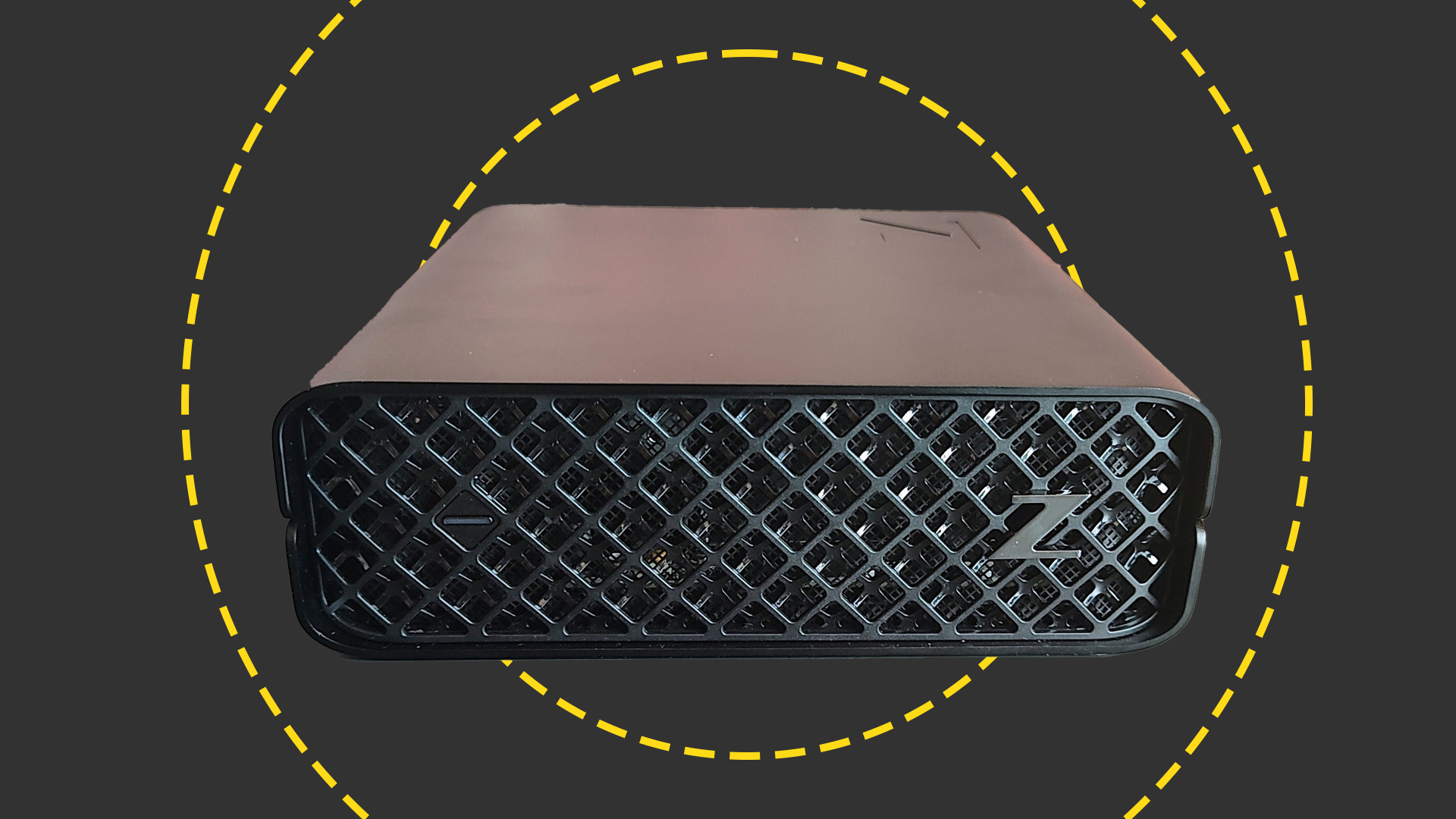 HP Z2 Mini G9 Workstation review: A reasonably potent but very compact workstation
HP Z2 Mini G9 Workstation review: A reasonably potent but very compact workstationReviews A masterclass in fitting a whole pint of PC into a half-pint container
By Alun Taylor
-
Take your workforce to the next level with an HP Workstation
Sponsored If you're looking to boost your enterprise computing power, HP Workstations could be the ideal choice.
By ITPro
-
 Windows admins complain of Dell “bloatware” filling 95% of hard drives
Windows admins complain of Dell “bloatware” filling 95% of hard drivesNews Dell SupportAssist Remediation was blamed for disk allocation issues
By Rory Bathgate
-
 How we test laptops and PCs
How we test laptops and PCsReviews Everything you need to know about our reviews and benchmarking process for computing hardware
By IT Pro
-
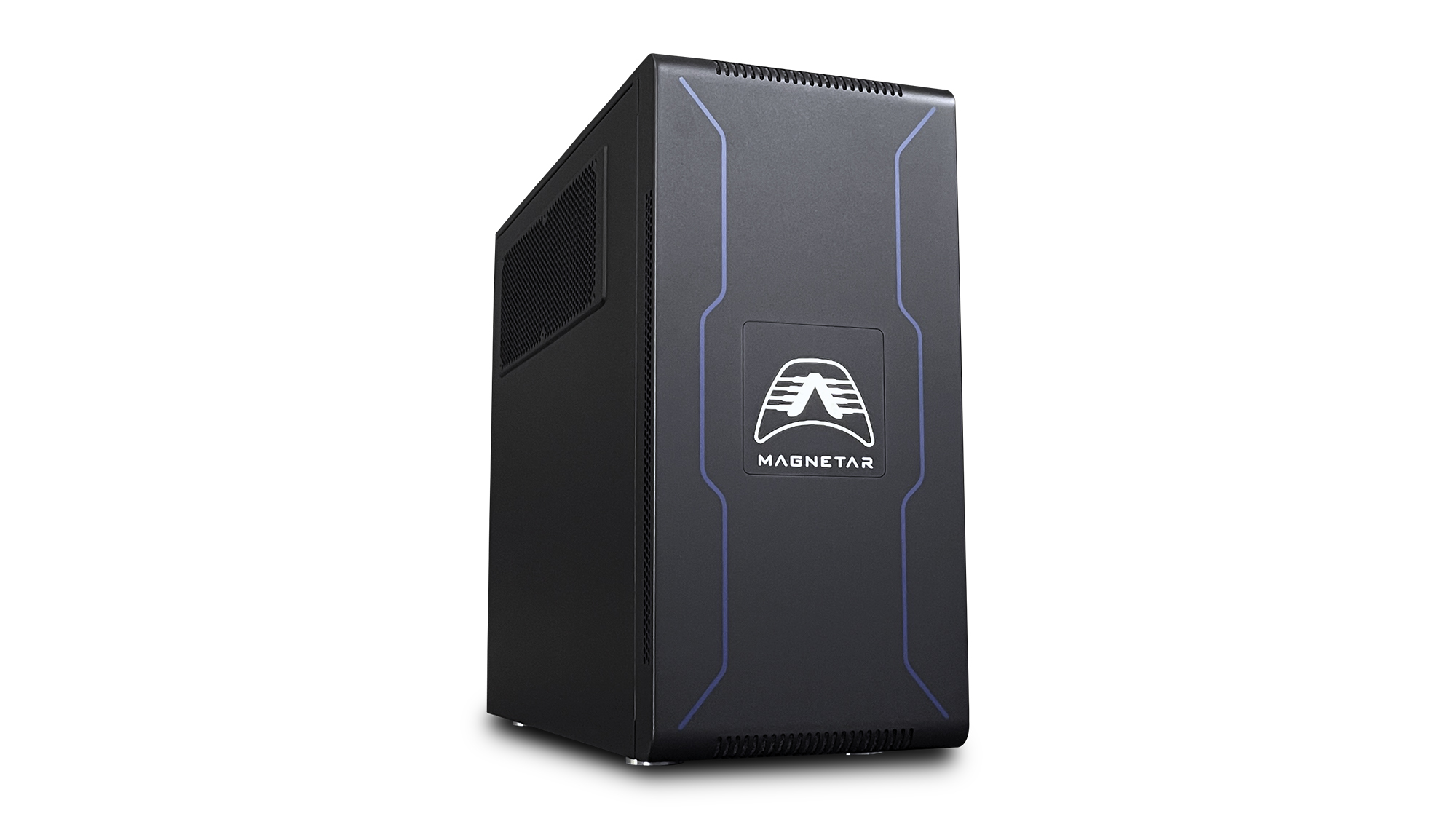
 Armari Magnetar M64TP-RW2000G3 review: Don’t call it a comeback
Armari Magnetar M64TP-RW2000G3 review: Don’t call it a comebackReviews The Threadripper Pro arrives just in time to retain AMD’s crown as king of workstation processors
By James Morris
-
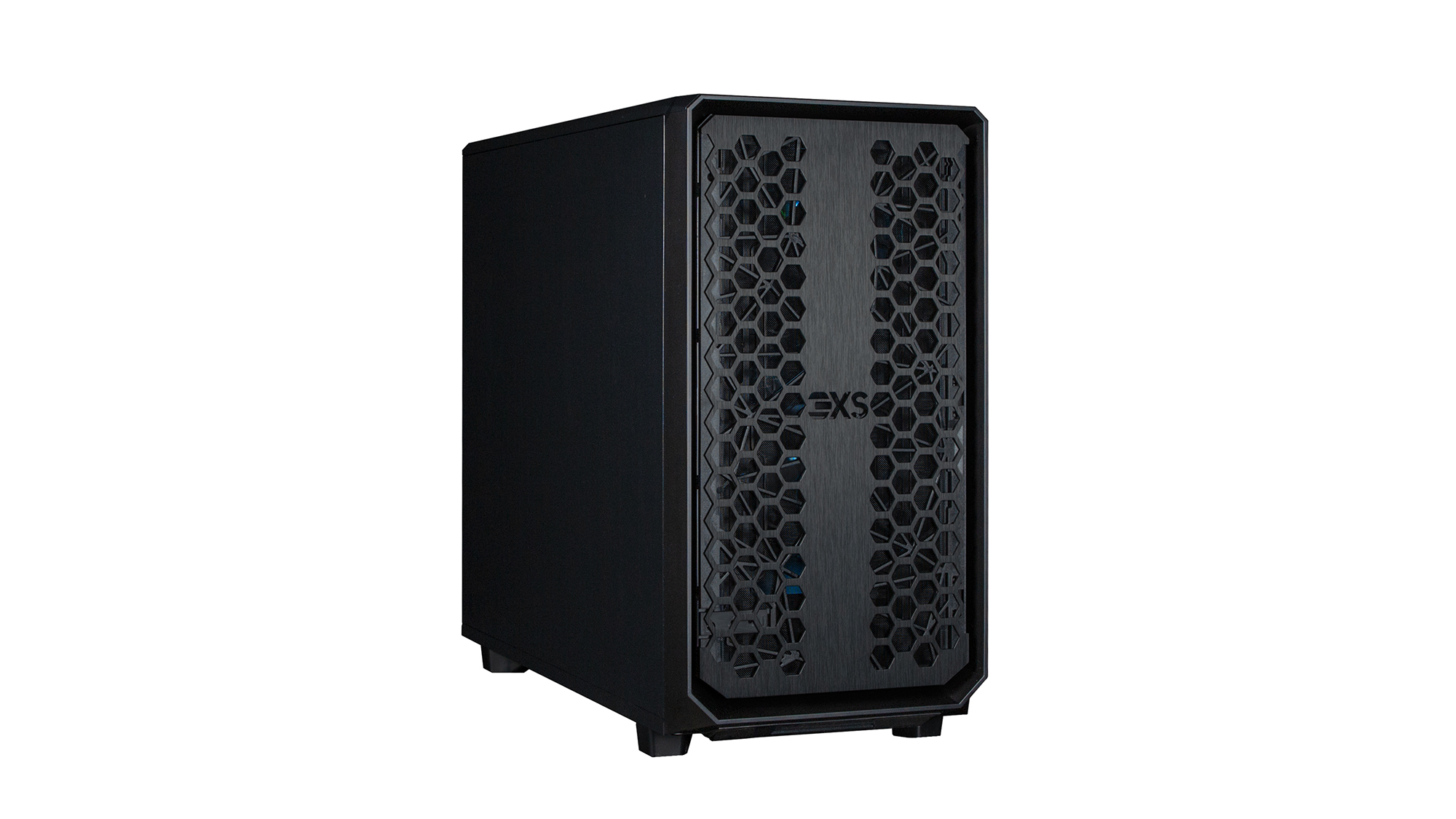
 Scan 3XS GWP-ME A124C review: An Intel-powered workhorse that holds its own
Scan 3XS GWP-ME A124C review: An Intel-powered workhorse that holds its ownReviews A brilliant content-creation showcase for Intel’s 12th-gen Core i9 and Nvidia’s Quadro RTX A4500 graphics
By James Morris
-
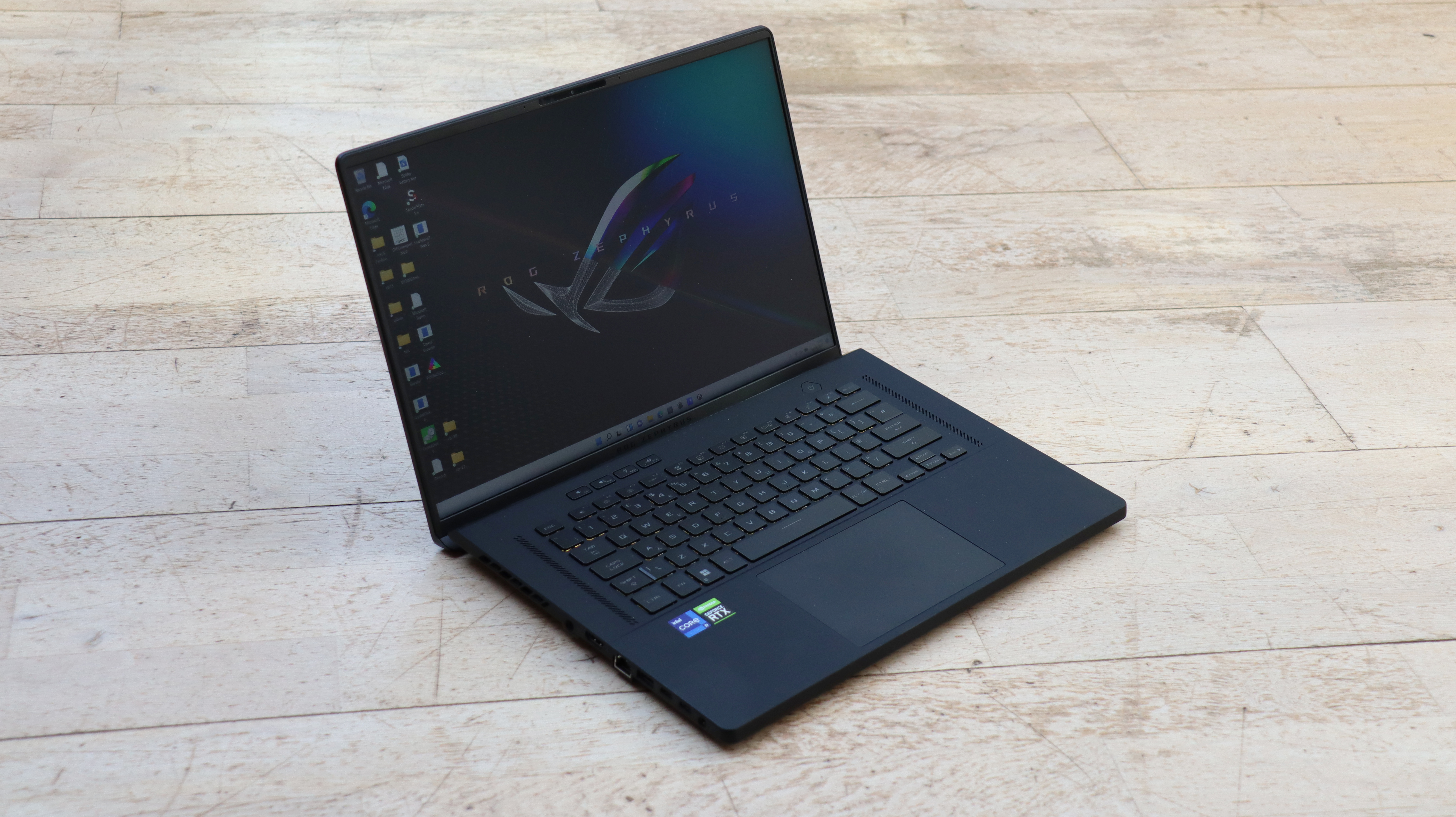
 Asus ROG Zephyrus M16 (2022) GU603Z review: Huge processing power you can carry with you
Asus ROG Zephyrus M16 (2022) GU603Z review: Huge processing power you can carry with youReviews The Zephyrus M16 combines a potent 14-core processor with capable graphics and features in a bag-friendly format
By James Morris
-
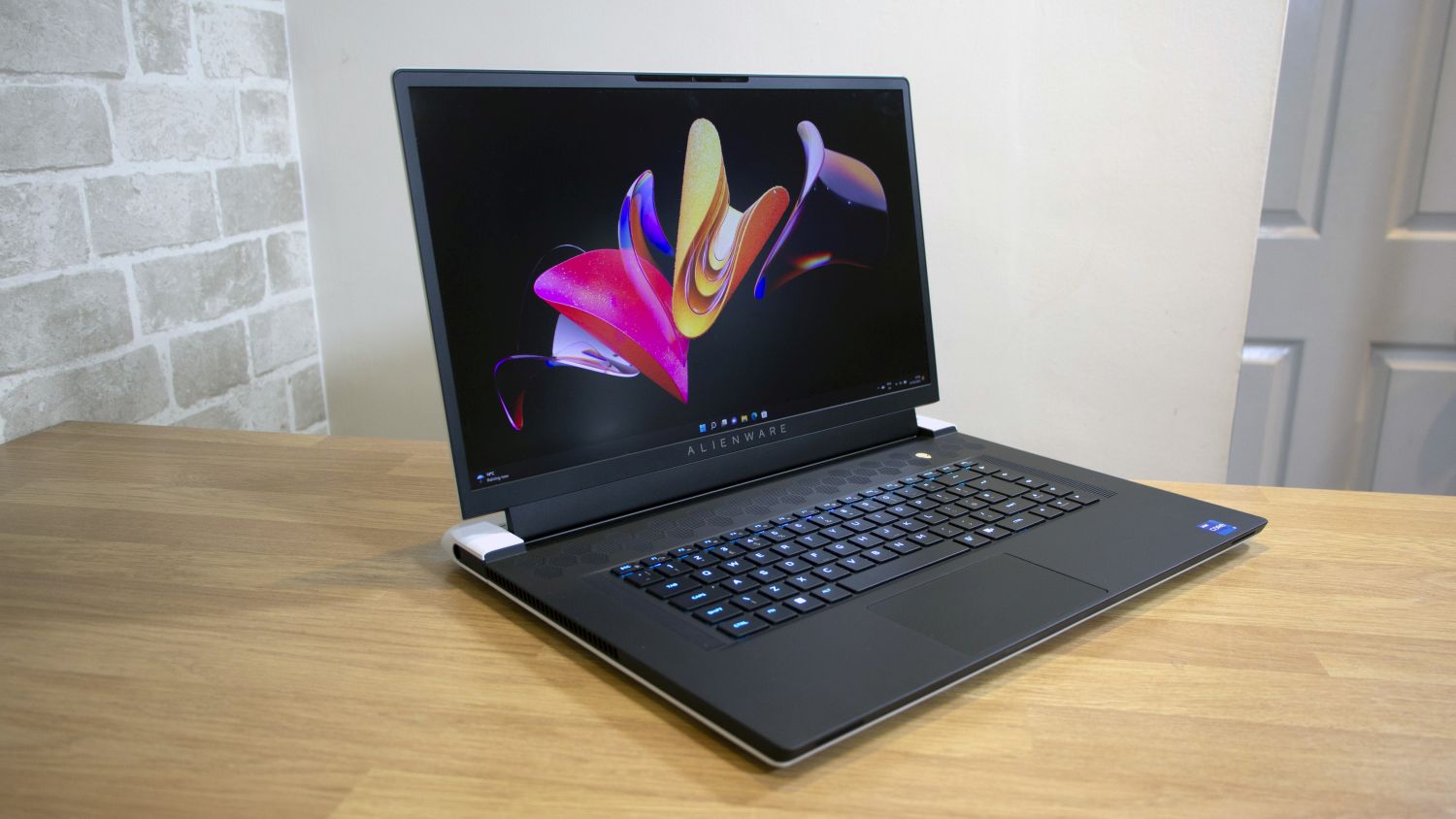
 Alienware x17 R2 review: A frighteningly fast content creation monster
Alienware x17 R2 review: A frighteningly fast content creation monsterReviews Colossal power and a rock-solid exterior make for an expensive portable powerhouse
By Mike Jennings